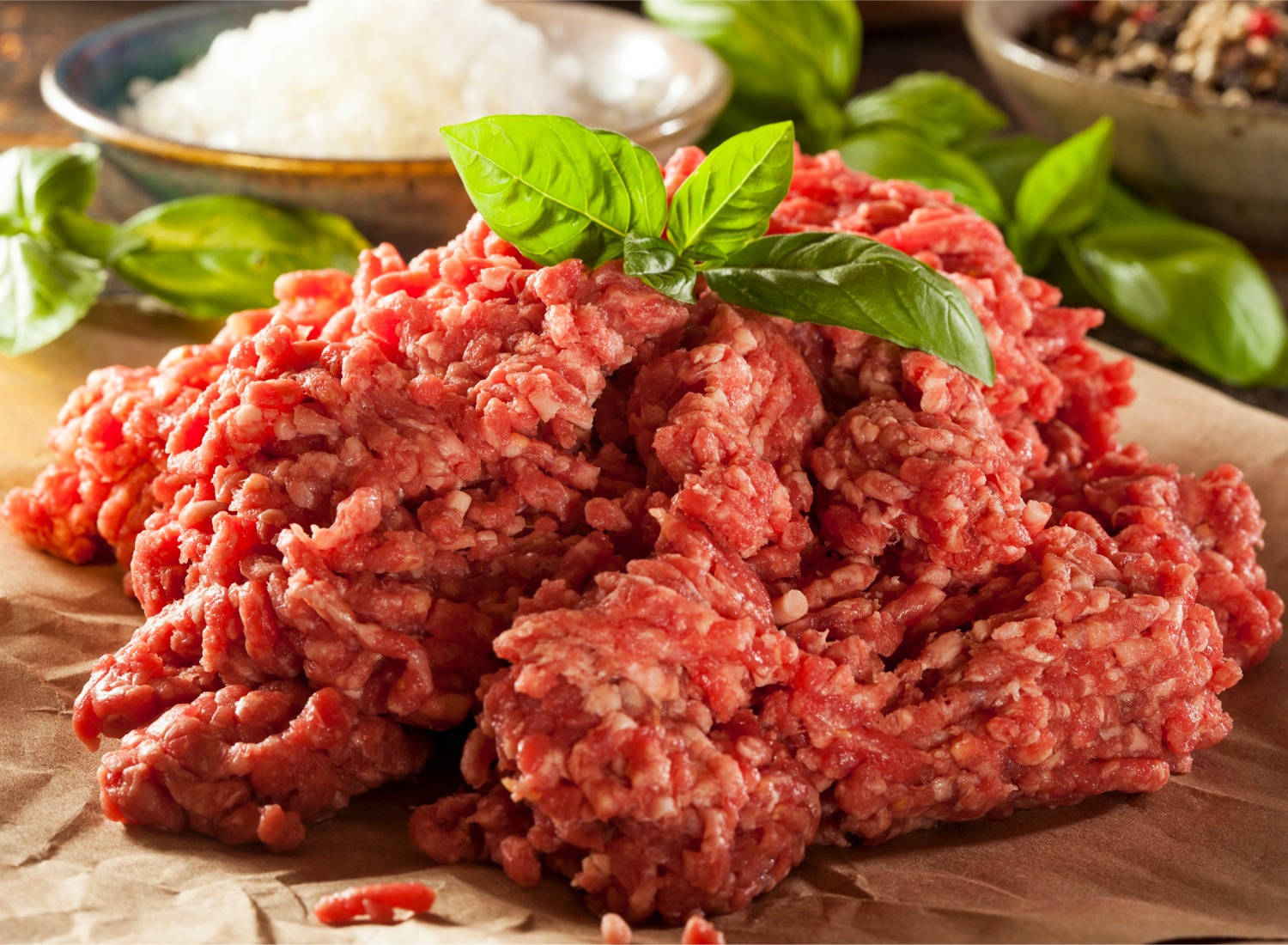Ground Chuck vs. Ground Beef: What’s the Difference?

As you navigate the aisles of your local grocery store, you may find yourself confronted with choices galore, including a selection of ground meat that could leave you perplexed. Ground chuck and ground beef often stand side by side, seemingly interchangeable at first glance. However, these two options hold distinct characteristics that can significantly influence the outcome of your culinary endeavors.
In this exploration of ground chuck vs. ground beef, we’ll unravel the subtleties of each, equipping you with the knowledge to make informed choices in the kitchen. From the rich flavor of chuck to the versatility of beef, understanding their differences is key to elevating your cooking game. So, whether you’re sizzling burgers or preparing a hearty meatloaf, let’s dive deep into the nuances of ground chuck and ground beef to demystify these meaty mysteries.
What Is Ground Beef?
Let’s start with the basics. Ground beef is a generic term encompassing any ground meat from a cow, including meat from various cuts. It’s a versatile option in various dishes, from hamburgers to meatloaf. Ground beef usually has a fat percentage on its label, such as 80/20, which indicates the ratio of lean meat to fat. In this case, 80% is lean meat, and 20% is fat. However, the specific fat content may vary depending on the cut used, which brings us to ground chuck.
The Chuck Cut
Ground chuck, on the other hand, is exclusively made from the chuck cut of beef. The chuck is a primal cut that comes from the shoulder area of the cow. It’s known for its rich, beefy flavor and ideal fat-to-lean meat ratio for ground meat. Chuck meat comes from muscles that the cow uses more frequently, giving it a slightly higher fat content than other cuts like sirloin or round. This higher fat content contributes to ground chuck’s robust and delicious taste.
The Difference in Fat Content
The primary difference between ground chuck and generic ground beef lies in the fat content. Ground chuck typically contains more fat, usually around 15-20%, compared to regular ground beef, which can range from 5-30% or even more, depending on the cut used. The higher fat content in ground chuck makes it a popular choice for recipes where flavor and juiciness are essential, such as burgers and meatballs. The extra fat content helps keep the meat moist during cooking, resulting in a more succulent and flavorful dish.
Cooking With Ground Chuck
Ground chuck’s fat content makes it a top choice for many home cooks and professional chefs alike. The added fat creates a perfect balance of flavors, and when you cook ground chuck, you’ll notice that it produces a sizzle of delight as it hits the hot pan. The fat renders during cooking, infusing the meat with its rich flavor, making it perfect for dishes that require a beefy taste.
Burgers are a prime example of where ground chuck shines. The fat content in ground chuck ensures that your burger patties stay juicy and flavorful, even when well done. It’s the preferred choice for those who want to enjoy a classic, mouthwatering burger experience.
Choosing Ground Beef
While ground chuck is excellent for certain applications, ground beef also has its merits. Ground beef can be a better option if you’re making a dish where you want more control over the fat content or trying to reduce fat intake. You can find leaner varieties of ground beef for recipes like meatloaf, where you don’t want the meat to be overly fatty. You can also blend lean ground beef with other cuts to achieve your desired fat-to-lean ratio.
Nutritional Considerations
Both ground chuck and ground beef offer essential nutrients like protein, iron, and B vitamins. However, ground chuck contains more calories and saturated fat due to its higher fat content. Therefore, if you’re conscious about your fat intake or following a specific dietary plan, you might want to choose leaner ground beef or employ cooking techniques that reduce fat, such as draining excess fat during cooking.
When using a meat grinder at home, you can choose your meat cuts, control the fat content, and ensure the freshness of your ground meat. This allows you to create your own ground chuck with your desired fat-to-lean meat ratio. Additionally, grinding meat at home can be a fun and rewarding culinary experience, allowing you to explore different flavors and textures in your dishes.
Conclusion
Ultimately, the choice between ground chuck and ground beef comes down to your culinary preferences and the specific recipe requirements. Ground chuck, with its higher fat content and rich flavor, is a fantastic option for dishes where taste and juiciness are paramount, like burgers. On the other hand, ground beef provides versatility, allowing you to select a fat content that suits your needs and dietary preferences.
The key is understanding the differences between these meat varieties and choosing the one that aligns with your culinary vision. So, carefully consider your options the next time you’re at the grocery store. Whether you choose ground chuck or ground beef, you’ll be well-prepared to create a delicious, satisfying meal.
